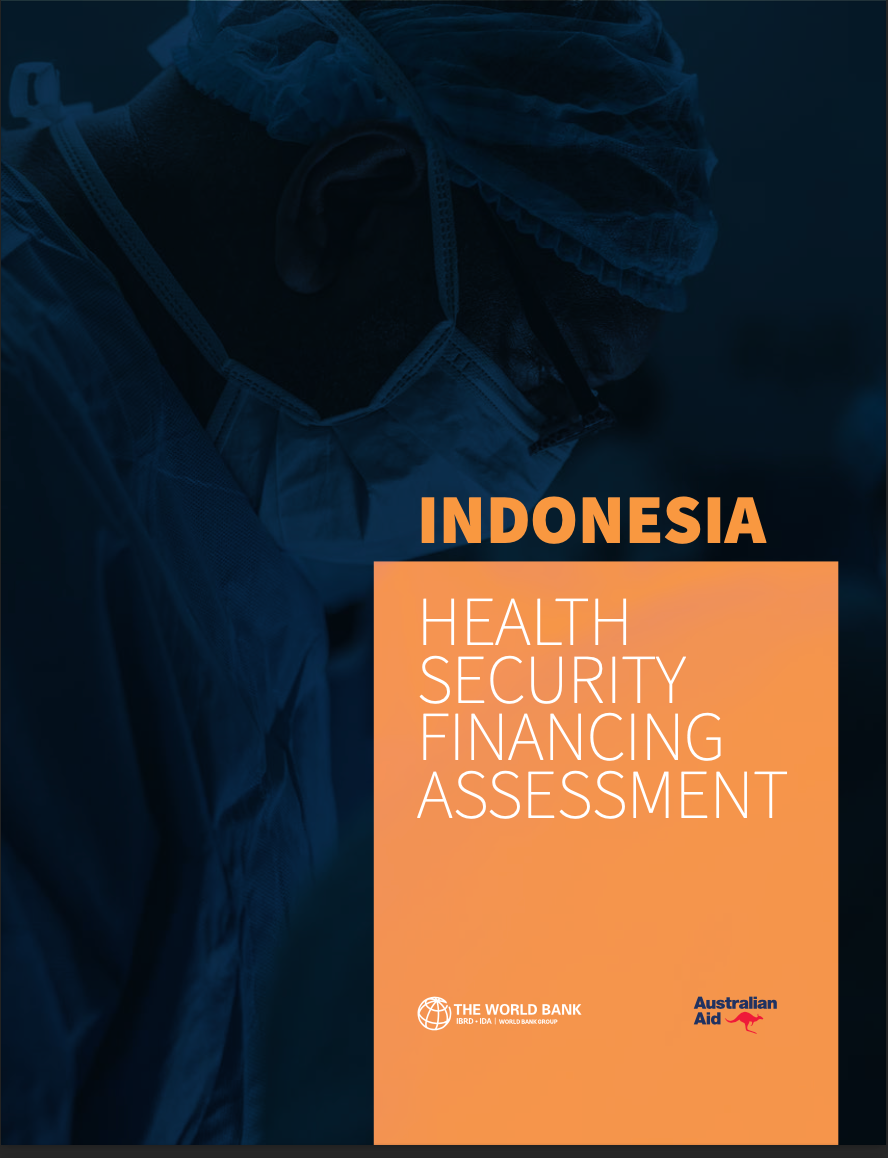The Indonesia Health Security Financing Assessment (HSFA), formally launched in April 2022, has been providing crucial information to the country for developing financing strategies that accelerate and sustain effective health security. It does this by establishing a baseline on the overall size, sources, and flow of financing for health security from the period immediately preceding the COVID-19 pandemic. It also identifies the complex institutional arrangements between key stakeholders in Indonesia’s highly decentralized administrative system, and identifies priority issues in financing for health security.
Funding
The Indonesia HSFA was supported by the Australian Department of Foreign Affairs and Trade through the Advance Universal Health Coverage Multi-Donor Trust Fund managed by the World Bank. Building upon the results of the Joint External Evaluations (JEE), which were led by the World Health Organization as part of its International Health Regulations implementation in 2017, the HSFA study found a clear gap in information about health security financing across all 19 technical areas of the JEE.

